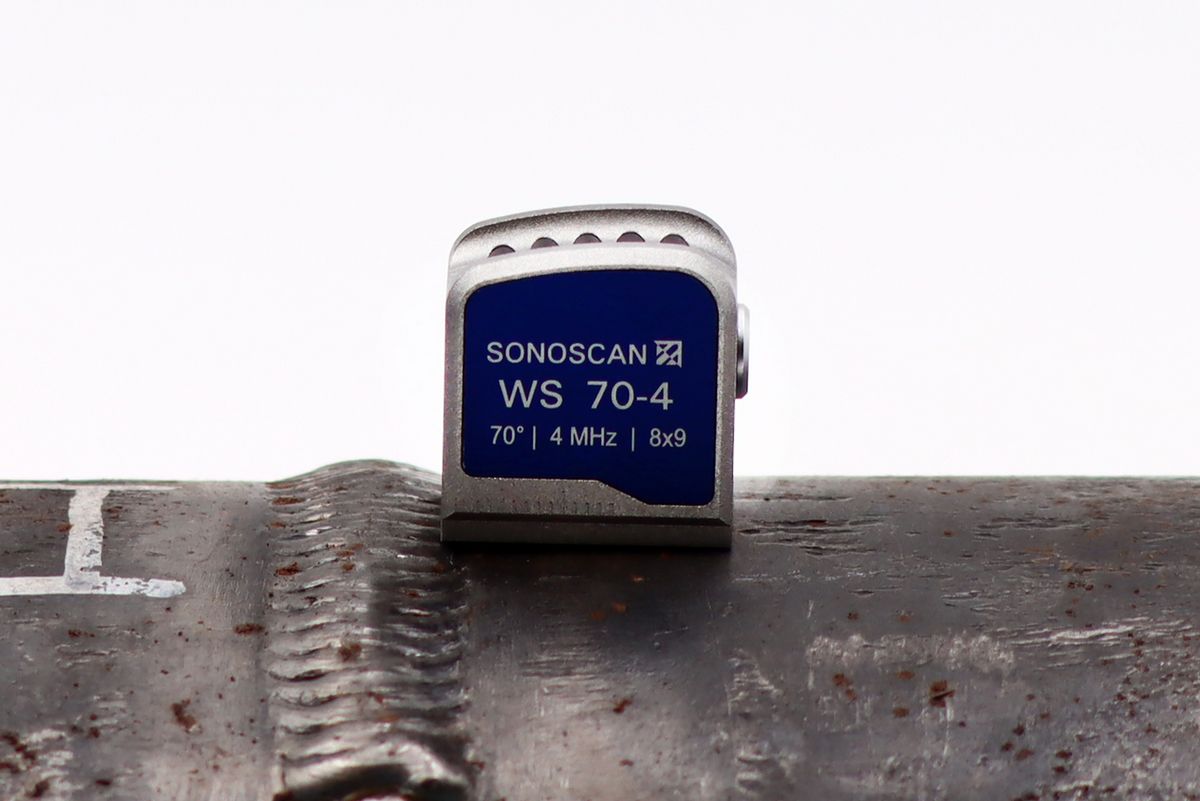Necessary Tips for Welders: Preventing Undercut Welding and Ensuring Stronger Weld Joints
In the realm of welding, accomplishing durable and solid weld joints is the keystone of creating premium work. One common obstacle that welders usually run into is undercut welding, which can jeopardize the integrity of the weld joint.

Comprehending Undercut Welding
Undercut welding is a typical welding flaw that takes place when the weld steel fails to properly fill the groove and results in a groove-like anxiety along the weld bead. This problem deteriorates the weld joint, making it prone to fracturing and failing under stress and anxiety. Damaging can be brought on by various elements, including excessive welding current, high welding rate, inappropriate electrode angle, wrong electrode dimension, and bad welding method.
One of the main reasons for undercut welding is an imbalance in between the welding existing and the welding speed. If the welding current is expensive or the welding speed is also quickly, the weld steel may not sufficiently fill the groove, resulting in undercutting. In addition, using an electrode that is also big can lead to a similar end result, as the excess steel can not correctly flow right into the groove.
To stop undercut welding, welders must ensure they are using the proper welding specifications, maintain an ideal electrode angle, select the appropriate electrode dimension, and method proper welding methods. By dealing with these factors, welders can lessen the risk of damaging and produce more powerful, much more dependable weld joints.
Correct Welding Method
Reliable welding strategy plays an essential function in making certain the high quality and stability of weld joints. One essential facet of correct welding technique is maintaining the appropriate angle and range in between the welding weapon and the work surface.
In addition, a regular and steady hand motion is necessary for developing solid and sturdy weld joints. Welders need to intend for smooth, consistent activities to ensure also circulation of the weld product. Correct adjustment of the welding weapon and filler product is likewise crucial to accomplishing ideal penetration and fusion.
Furthermore, controlling the heat input and picking the ideal welding criteria based upon the product being bonded are important aspects in accomplishing premium welds - Preventing weld undercut. Welders ought to follow the recommended setups supplied by welding procedure specifications and readjust them as needed based on the details demands of the job. By mastering correct welding methods, welders can significantly boost the stamina and reliability of their weld joints
Picking the Right Electrode
When thinking about the importance of selecting the right electrode in welding applications,Keeping the appropriate angle and range between the welding check my reference weapon and the workpiece is essential. The selection of electrode plays a vital role in figuring out the quality and stamina of the weld joint. Electrodes can be found in different kinds, each designed for certain purposes and materials.
To start with, selecting the proper electrode size is important. Thinner electrodes appropriate for welding slim materials, while thicker electrodes are better for thicker products and greater heat applications. Matching the electrode diameter to the density of the work surface aids achieve a balanced weld.
Second of all, understanding the material structure of the electrode is crucial. Various electrodes are made for welding specific materials like steel, stainless steel, aluminum, or cast iron. Utilizing see this website the right electrode product makes certain excellent blend and minimizes the risk of issues in the weld.
Lastly, considering the welding position and technique is important when selecting the electrode type. Certain electrodes are much better suited for above or upright welding placements, while others function well for flat or horizontal placements. Choosing the right electrode based on the welding technique boosts the total weld high quality and stability.
Preparing the Base Metal
To guarantee an effective welding process, what preliminary steps should be taken when preparing the base metal for welding? In addition, any existing weld product or residue from previous welding should be eliminated to ensure a clean surface area for the new weld.

Conducting Post-Weld Assessments

After conducting these evaluations, welders need to contrast the results versus sector standards and project demands to make sure that the weld joint satisfies all essential standards. Any discrepancies or inadequacies found throughout the post-weld inspection ought to be quickly dealt with with suitable restorative procedures to ensure the weld's stability. By vigilantly carrying out post-weld evaluations and quickly dealing with any issues, welders can promote the top quality and dependability of their work, ultimately adding to the safety and security and long life of the bonded structures.
Conclusion

Finally, stopping undercut welding and guaranteeing stronger weld joints call for a mix of proper welding strategy, selecting the best electrode, preparing the base steel appropriately, and conducting post-weld examinations. By recognizing the sources of undercut welding and implementing the needed safety measures, welders can generate top notch weld joints that satisfy sector requirements and ensure the architectural integrity of the bonded components.
Undercut welding is a typical welding defect that happens when the weld metal stops working to properly fill up the groove and results in a why not find out more groove-like depression along the weld bead (Preventing weld undercut). Damaging can be caused by numerous factors, consisting of too much welding present, high welding rate, improper electrode angle, inaccurate electrode dimension, and poor welding method
One of the major reasons for undercut welding is a discrepancy in between the welding current and the welding speed. If the welding current is also high or the welding speed is as well quick, the weld steel may not effectively load the groove, leading to undercutting.Preserving the proper angle and distance between the welding gun and the workpiece is essential when taking into consideration the importance of choosing the ideal electrode in welding applications.